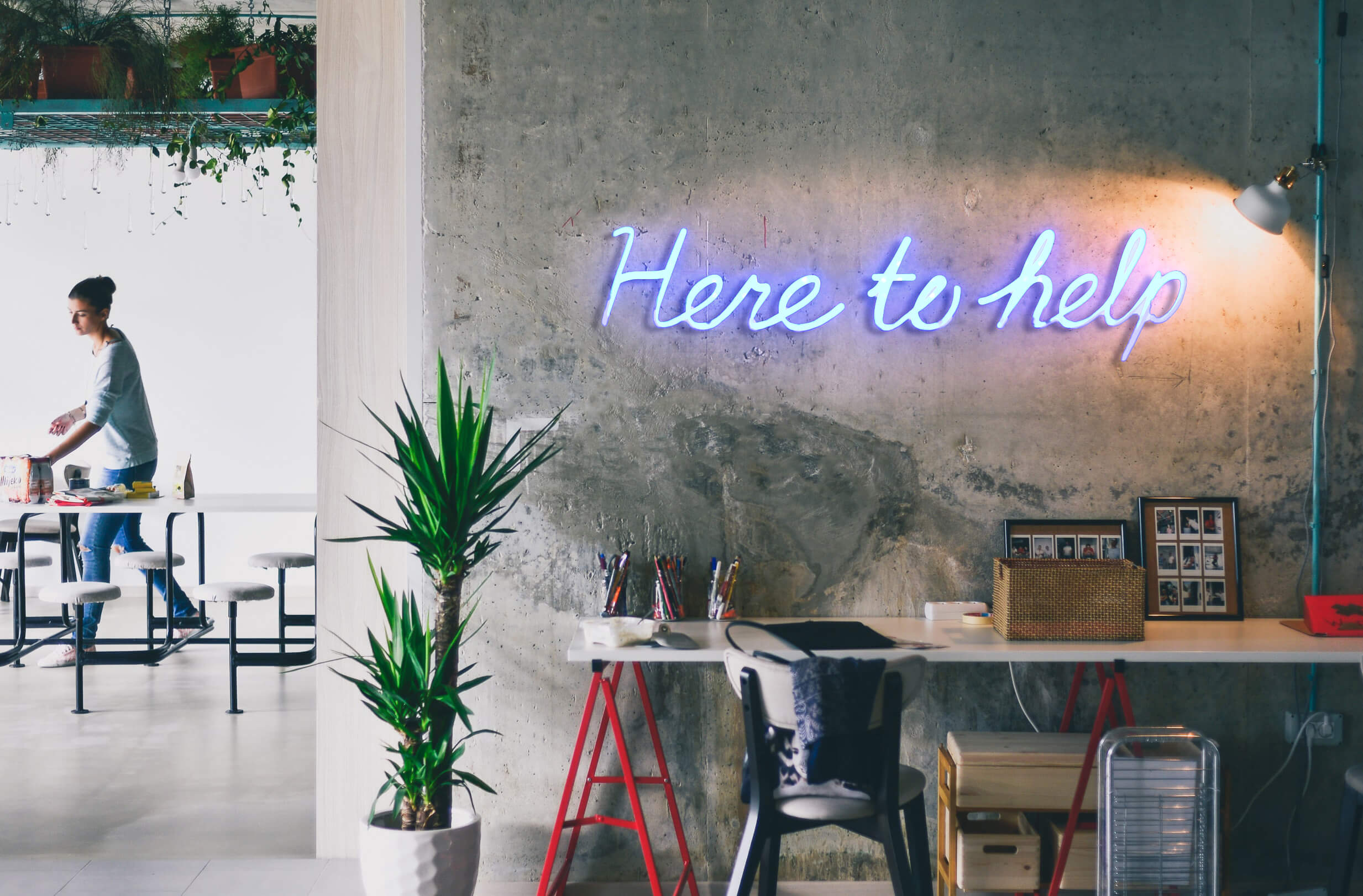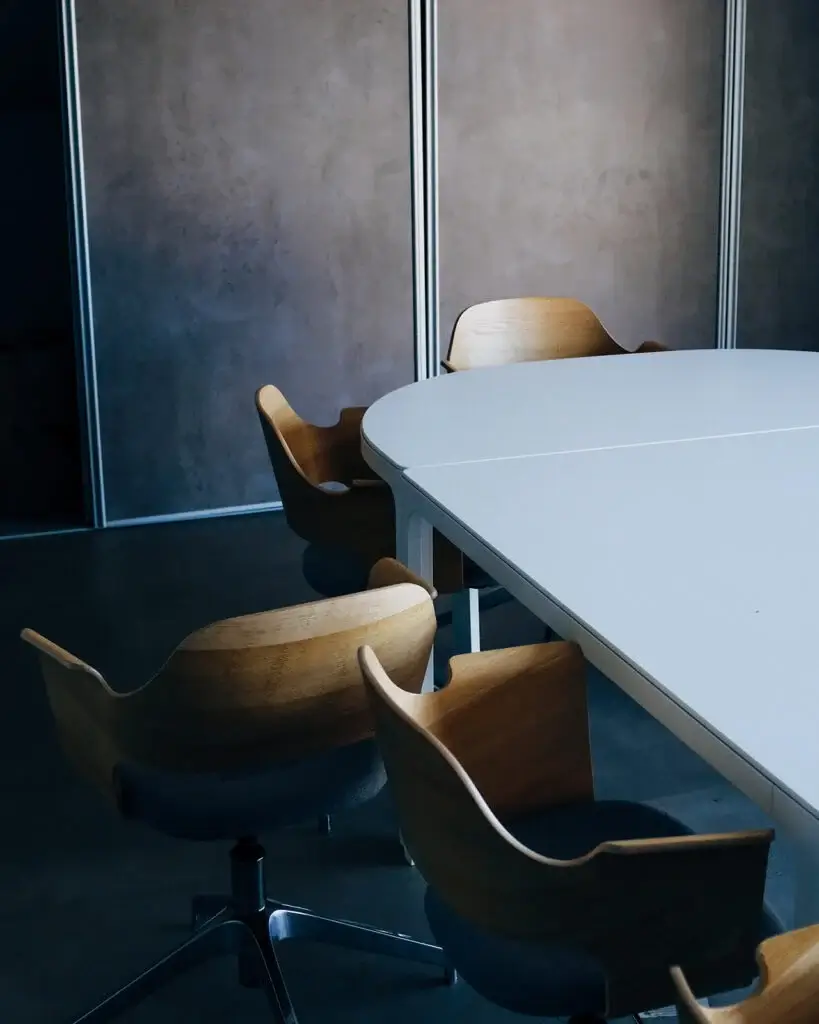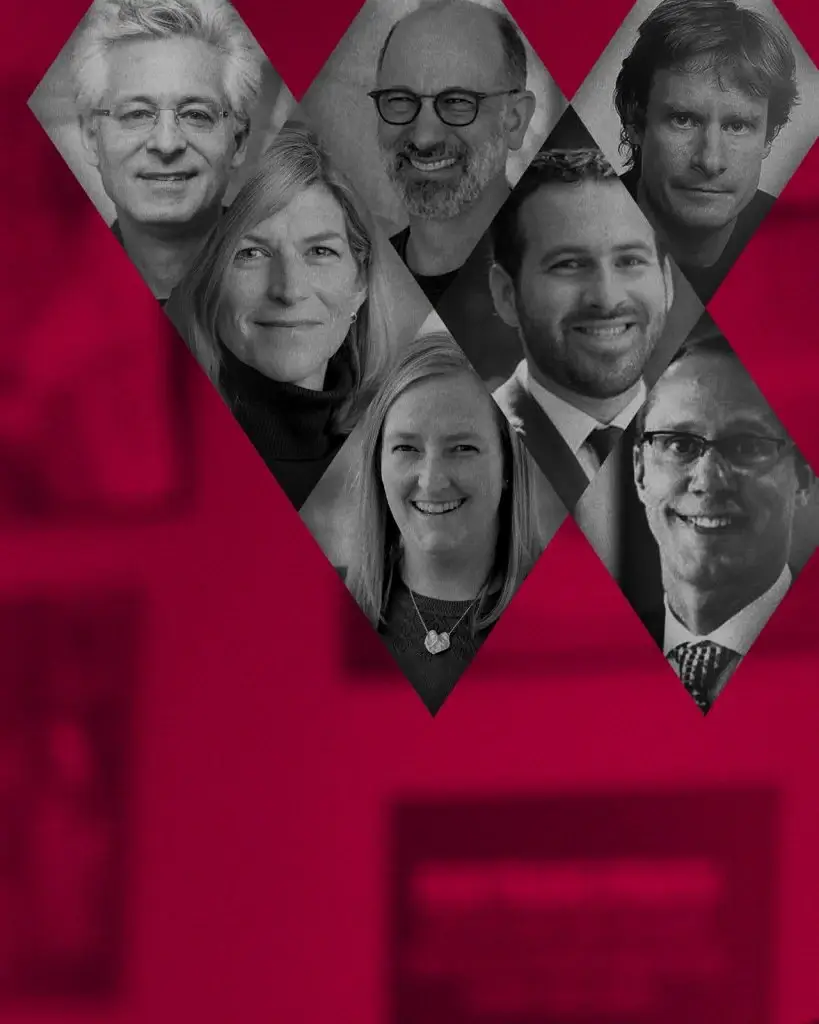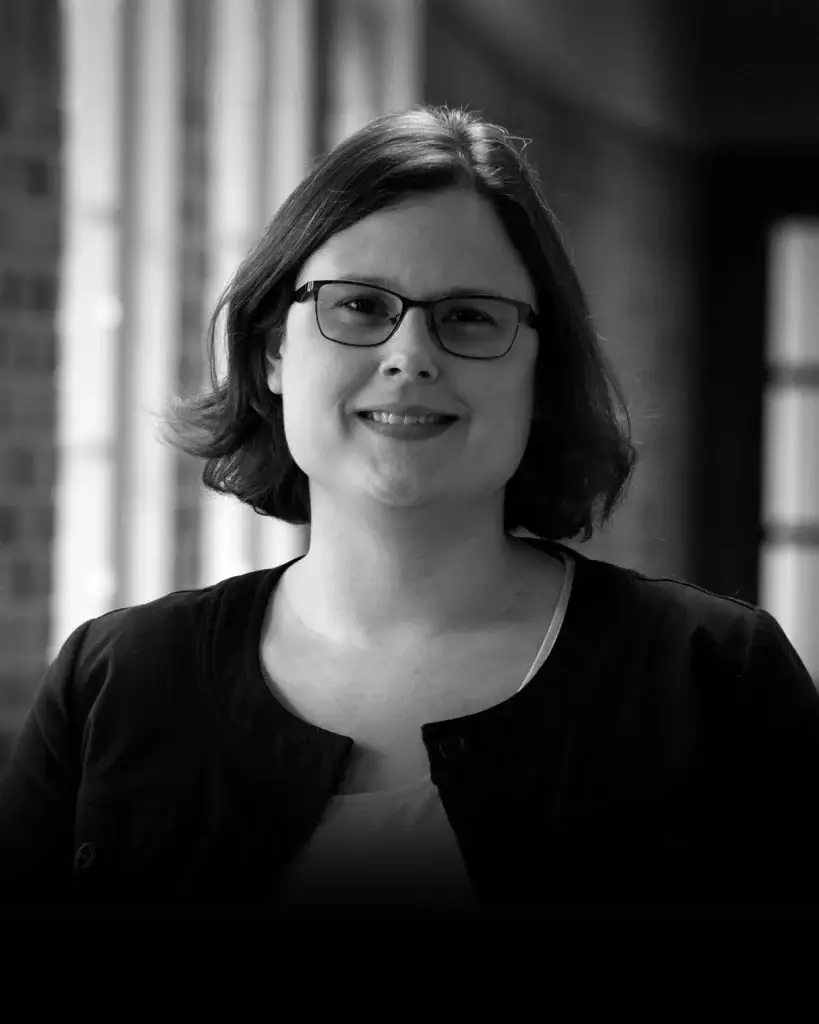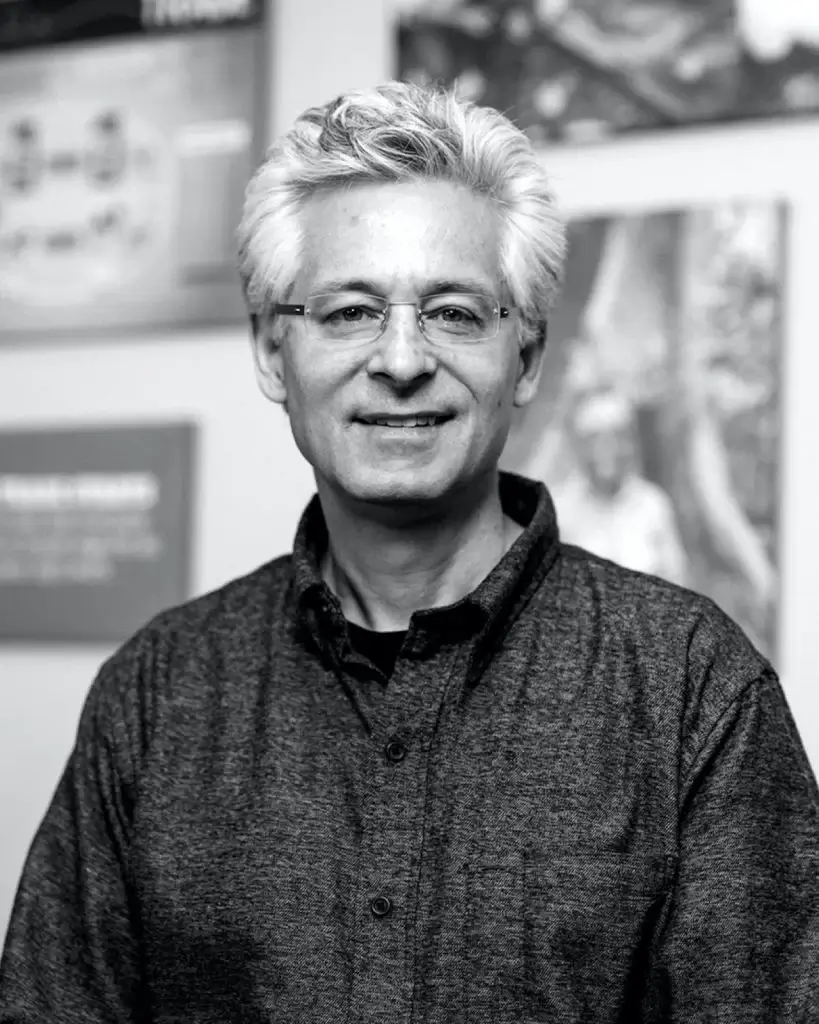This is the decade to deliver
Global Vice President of Sustainability and Head of Purpose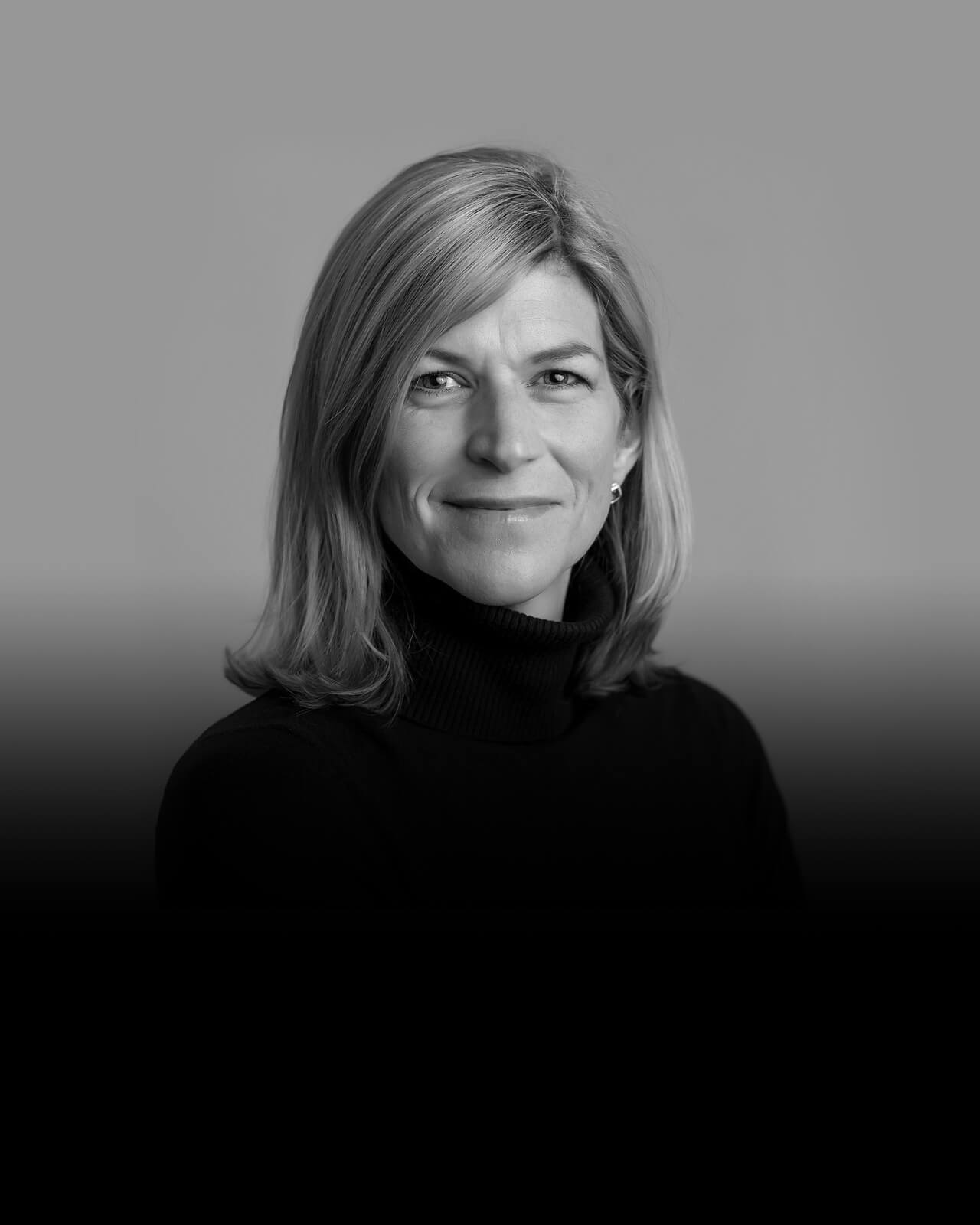
AHA talks with Letitia Webster, Mission Driven Capital Partners
Letitia formerly served as the global vice president of sustainability and head of purpose for VF Corporation, the Fortune 500 parent company of worldwide brands such as The North Face, Timberland, Icebreaker and SmartWool. We sat down with Letitia for her thoughts on the state of corporate sustainability.
We’re talking at the beginning of a new year and a new decade. What do you think it’s time for now?
Letitia: Well, this is the decade to deliver, isn’t it? We’ve got 10 years to deliver on the Sustainable Development Goals, and most of our corporate sustainability commitments come due this decade. That’s 3,650 days or 520 weeks. Time’s ticking. I think consumer demand is getting there, and I’m not as concerned about that anymore. Where we’re falling short is in giving them options. Many companies are only focused on their overall footprint, just reducing the bad, but let’s not forget what we really need to do. We need to re-create the way we make things. If we’re going to build a sustainable economy to replace the current unsustainable one, we have to attend to the top line. Sustainable products and services have to become sources of growth.
There’s a saying that to change behavior, you have to change social norms. How do we do that?
Letitia: You have to create a better option, something that makes the old option obsolete. With Rent the Runway, I can get better styles and more options by renting my clothes instead of buying them. I can eat an Impossible Burger that reduces my cholesterol and calorie intake without compromising on flavor. I can drive a Tesla that is sexier and faster than most cars, and it doesn’t contribute to greenhouse gas emissions. The alternative has to be sexier, faster, tastier, easier, cheaper, and then social norms will change.
People instinctively move toward possibility and come up with the right solutions—you don’t have to push them.
You led a huge transformation at The North Face and then at VF Corporation in terms of moving sustainability to the center of the business. What was the biggest surprise for you in that experience?
Letitia: It was the employees more than anything and how they got on board with the efforts. There’s a perception that employees are going to be a big impediment to corporate change, but we found the opposite when it came to sustainability. We saw momentum and excitement with the employee base, especially the younger generation. They want to work for a company that has a social purpose. There’s frustration around the state of the planet and the lack of urgency to do anything about it. The opportunity to be part of the change unleashed a lot of energy. I realized you don’t have to have all the solutions but just provide a vision of what the future could look like. People instinctively move toward possibility and come up with the right solutions—you don’t have to push them.
How can a sustainability leader expand their influence inside a company?
Letitia: Find what matters most to your key stakeholders and start there. For most companies—especially public ones—the numbers matter most, so I realized I had to make friends with the CFO first. I focused on efficiency projects, making the case that environmental waste is financial waste. We had a tiny budget, but I was proving ROI, so I became seen as a value creator rather than a cost center. That gave me credibility to take on bigger projects and ask for more resources. I tried not to do the fear-mongering approach and push them into a corner where they had no choices. The approach was, “How can I help you meet your objectives through a sustainability lens?” And then illustrate how sustainability creates opportunities and value in new ways for the business.
What’s the main barrier to transforming sustainability from a functional mindset to a value that runs throughout a company?
Letitia: One main problem is that so many sustainability people are trapped by the technical jargon, so their value literally gets lost in translation. The successful sustainability professionals are more of a business generalist, where they can move between finance, marketing and product teams to integrate sustainability into each one. As this becomes more of the norm, there’s going to be a merger of all of it, but it starts with us reaching out to them. They’re not going to figure out what “Scope 3 emissions” means on their own. We have to go into their world and translate why it matters to them.
I believe we are coming back to the principles of our ancestors, of our own humanity.
How important is it for sustainability folks to be able to speak in terms of the brand?
Letitia: Profits follow relevancy. Embedding sustainability into a company’s design ethos and overall purpose keeps its products and services relevant with consumers. Connecting the dots between what the brand stands for and how sustainability enhances it elevates sustainability and places it closer to the core of the brand and product strategy.
Tell us a bit about Mission Driven Capital Partners.
Letitia: Our purpose is to invest in sustainable solutions and products that help accelerate corporate sustainability. As companies approach reimagining their products and supply chains through a sustainable lens, they need to replace the old methods with new ones, and they need those solutions to scale. We are creating a unique platform that brings together service providers and large corporations across sectors to help address their sustainability challenges. We provide growth capital to these service providers to help them ramp up production and meet the large-scale demand of corporate customers. By connecting demand to solutions with capital, our goal is to accelerate the transition to a more sustainable economy.
Bruce Mau, the famous designer, said recently, “Sustainability is not a destination; it’s a new reality.” Do you think people inside corporations are seeing sustainability as a new reality, or are they still seeing it as a destination somewhere out in the future?
Letitia: I don’t see sustainability as a destination or a new reality. I believe we are coming back to the principles of our ancestors, of our own humanity. We went off the rails for the last few decades, and now we’re coming back to our understanding of how everything is interconnected. As David Brower said, “We don’t inherit the Earth from our ancestors. We borrow it from our children.” I believe companies, society and people are waking up to this notion that sustainability is a way of thinking about the future of the world, our place in it and how our companies and products interact with it.




